The Rust Lord Kartorda strides nude among the hundreds of iron chains hanging from the ceiling of the pavillion. The links rattle as they dance and caress the high priest’s pale flesh, staining him rust brown in preparation for the coming human sacrifice.
Forbidden Lands: Gamemasters’ Guide, p 36
The following are excerpts from the Gamemasters’ Guide, where GMs can find even more information on the gods, but players should let their explorations of the Ravenland be their guide to learning the mysteries of gods and mortals.
The gods of the Forbidden Lands are simultaneously very important and very misunderstood. Each kin has different beliefs about what the gods want and how best to serve them. Each group has its version of the history of the gods, and often in the past, followers of the same god have fought and killed each other to reconcile these differences. Religion is most important to the fanatical Human sects, but human communities, in general, are most inclined to make prayers to the gods and offer sacrifice. Next most, religion is vital to the Elves and the Dwarves, who view all gods as granting them legitimacy as the most important and powerful of all races, being chosen as they are. Other kins may have varying degrees of devotion to one or two patron deities, but they often seem neglected compared to the energy Humans put into worship.
THE PROTECTOR GOD
Most humans agree that a god known as the Protector led their ancestors to Ravenland across the seas from their native, ruined homeland. According to legend, he flew before the ships in the form of a raven with a snake in his claws. But the consensus ends there. Adherents of at least three different viewpoints have squabbled since the Shift when they haven’t been persecuting and killing each other for heresy.
Wyrm

According to the Congregation of the Serpent, the god allowed a raven to carry him during his journey. The raven is considered a holy, but not divine, bird, while the snake was the god. They name him Wyrm, whose symbol is a twisted ouroboros – a snake biting its own tail. The leader of the Congregation of the Serpent is called the Psychopomp. The Psychopomp in Alderland is called Vipera and is an old man at this point in time. Since he is not available to those sworn to the Congregation of the Serpent in the Forbidden Lands, they have chosen their own leader, the Psychopomp Aspis. The church’s leader has been based in the village of Farhaven since the city of Falender was burned to the ground during the wars. Aspis nurtures a dream of rebuilding Falender and the serpent temple there. The Congregation of the Serpent is especially important culturally because they keep an extensive library in Farhaven.
Raven

According to the Raven Church, it was, of course, the raven that was divine. The fertility snake he carried is the mother of snakes, as well as, the worms that prepared the ground for human presence. They call their god Raven and have the bird itself as their holy symbol.
The Congregation of the Serpent in Alderland believes those that worship Raven are heretics who should be pursued and killed, a viewpoint the Rust Brothers of Alderstone have inherited and sharpened even further. The Congregation of the Serpent in the Forbidden Lands does not like the Raven worshippers, but accepts them as one of few constructive forces. However, the Raven church is respected by elves and Elvenspring, even if they do not share their moralizing view of the world. Raven worshippers are renowned healers and shapeshifters who can travel in animal form. They often fight the Rust Brothers either overtly or from the shadows. The Raven church also honors the water goddess, Flow, since she is of great significance to life.
Rust & Heme
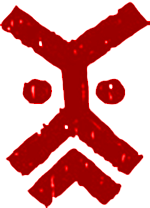
According to the Rust Brothers, the raven that led humankind to Ravenland was made of iron and the snake of wood – gifts to humankind so they could make tools and weapons and thus dominate their world. It is the materials, rather than the animals, that are divine. Humankind must, like iron, be worked and purified and tempered to reach their conviction, while the uninitiated are pieces of raw iron ore and the heretics the slag that must be removed. Iron is power and might, while wood is life and disease. The Rust Brothers call the Protector god Rust and his wife Heme. They worship rusty idols and crude wooden figurines that represent the gods. The figurines are roughly hewn and cannot be too detailed because that would insult the gods’ perfect form. The Brothers spread their word through the villages and help the faithful, while those who doubt are converted by force. The church leads the restless dead away from the villages to shape them into servants or soldiers. If the gods are to protect humankind, they preach that the gods Rust and Heme must be appeased with a tribute in the form of food, silver, and human sacrifice. It is known that villages that do not pay homage to the church suffer misgrowth and other misfortunes.
The Rust Lord Kartorda is the current leader of the Rust Brothers. The high priests of the church are often Misgrown, twisted by Zytera’s demonic magic. Sometimes they wear masks to conceal especially horrifying attributes, but often these deformities are displayed openly. Many have additional body parts from some other entity since melding is part of their ordination: an extra eye, an extra limb, more fingers. They drape themselves in yellow, red, and rust-brown cloth adorned with rusty iron. Rusty iron is believed to be much more effective against troublesome demons. The Rust Brothers often swing rusty metal chains with balls filled with burning coals and use them as weapons and tools in their rituals.
The knightly order known as the Iron Guard is the armed branch of the church, and they answer directly to the Rust Lord Kartorda. The knights often ride animals fused with demonic creatures, fight against orcs and other enemies, and perform punitive actions against villages that have displeased the Rust Brothers. The Rust Brothers despise but tolerate the Congregation of the Serpent, while Raven worshippers are actively persecuted, tormented, and executed.
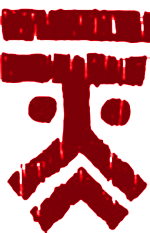
The Sisters of Heme are the female counterpart of the Rust Brothers, but they are less visible at the temples since the church is patriarchal.
OTHER GODS
Away from the conflict of divine supremacy, other gods go about the business of building the world and maintaining life upon it.
Väldig
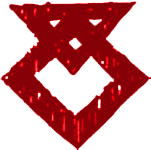
Väldig is the forge god of the Dwarves. He has given them the task of expanding the world. The Dwarves believe that the sun is the fire in Väldig’s forge. They call it Väldig’s Hearth, and their goal is to reach it by expanding the Earth until they do. All the clans want to reach it first to secure the best seats at Väldig’s table before the even more excellent task of reaching the Outer Forges (the stars) is set for them, about which he will tell them once they get to him.
The Dwarves believe in reincarnation, but the god can choose to reshape them for their next existence. They believe in a parallel spirit world where their souls rest and are trained by Väldig for their next work shift in the world. Skill, knowledge, and duty are the traits that impress the god rather than living a moral life.
Lera
Lera is the god who shaped the world at the
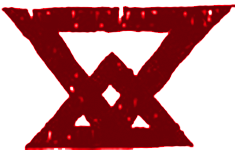
Protector’s behest. Lera is a sexless deity, a powerful craftsperson who holds dominion over crafts, life, and the magic of creation. The druids among the Elvenspring worship Lera, as do many elves. They see the god more as a master teacher than their lord.
Clay and soil are divine substances to the followers of Lera, and they often create objects of clay to use in rituals.
Tjuta
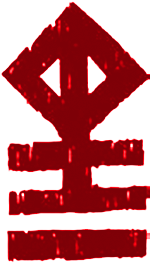
Tjuta is the air goddess the Raven sisters believe is the wife of the Protector god, Raven. She carries the bird god and all other birds through the sky. Tjuta is also the goddess of weather and is honored by all elves, Elvenspring, and the humans in the villages.
Strömma
The water goddess, Strömma, is worshipped by
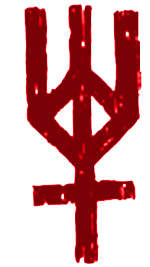
elves, Elvenspring, and villagers. During the “Strömma’s Delight” ceremony, she is invoked in a well or bucket of water, which overflows with water once the invocation is successful. The water is allowed to flow out and is believed to cleanse the house or village from disease and vermin. People rinse themselves off with it and collect it in containers where it keeps its purifying and healing power for a few weeks.
The Nightwalker
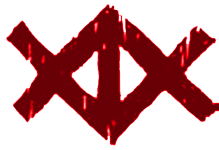
The Nightwalker (Nattvandraren in the old tongue) is considered the oldest of all the gods, the untameable force of nature that shatters harmony and the ordinary. Normal people do not worship him but may seek to appease him to avoid bad luck and disaster, sometimes by blood sacrifice. The Nightwalker is the protector of the night, mysteries, and untamed magic. He sees through any veil. The moon is his eye, and wisps of smoke are his spies, as are the vague and ethereal fragments of fog that rise from the ground when the weather is cold and damp.
Horn
The Aslene that made their way to Ravenland
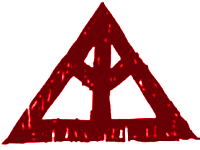
worship Horn, the fire god of their homeland, embodied by the volcano of the same name in Aslene. The volcano Horn can spread his murderous rage with fire, but his falling ashes are so fertile that they awaken golden ages of good harvests once the storm has passed.
The riders of Aslene believe that the ancient horses of their ancestral plains sprung from the volcano, manes aflame, and that the mountain will make the land flourish again after the ravages of the demonic flood. They believe all fire comes from Horn and often light huge fires at festivals and celebrations so the god can be present. Lately, a nameless prophet has claimed that Zertorme at Amber’s Peak is the chosen savior of Horn, which has made many Quards go on a pilgrimage there.
Demons & Dark Powers
There are other entities that temp mortals with promises of power and wealth in exchange for their loyalty. While these offers often seem innocent or benign to start, soon the supplicant finds themselves trapped into ever more expensive bargains with no avenue for escape—many of the curses upon the Ravenland began thusly.

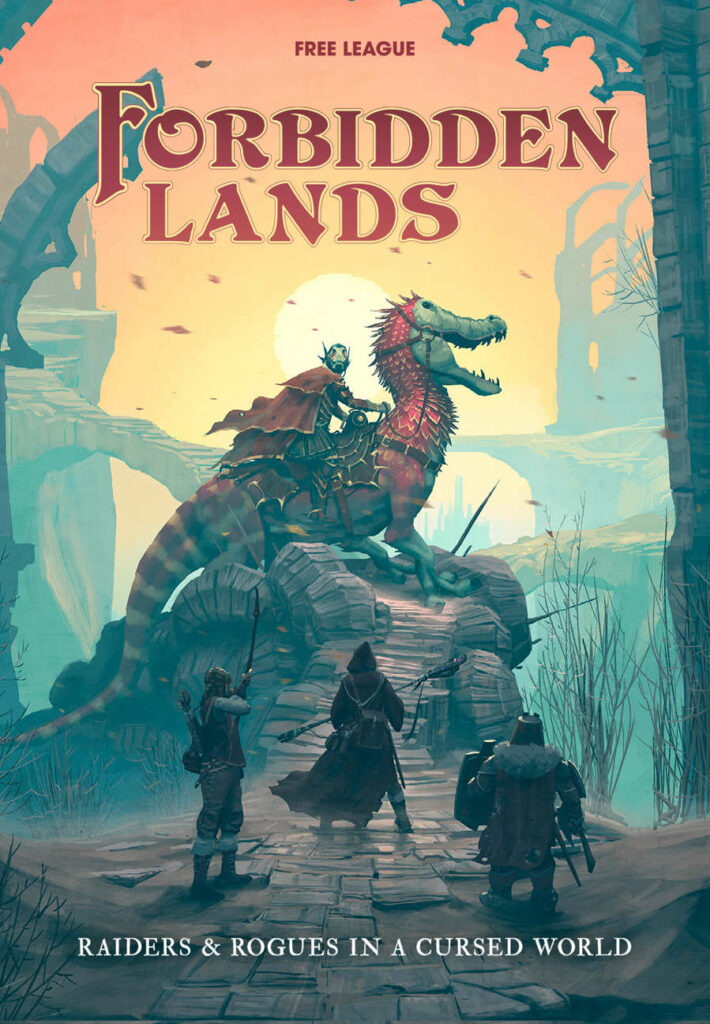
Leave a Reply